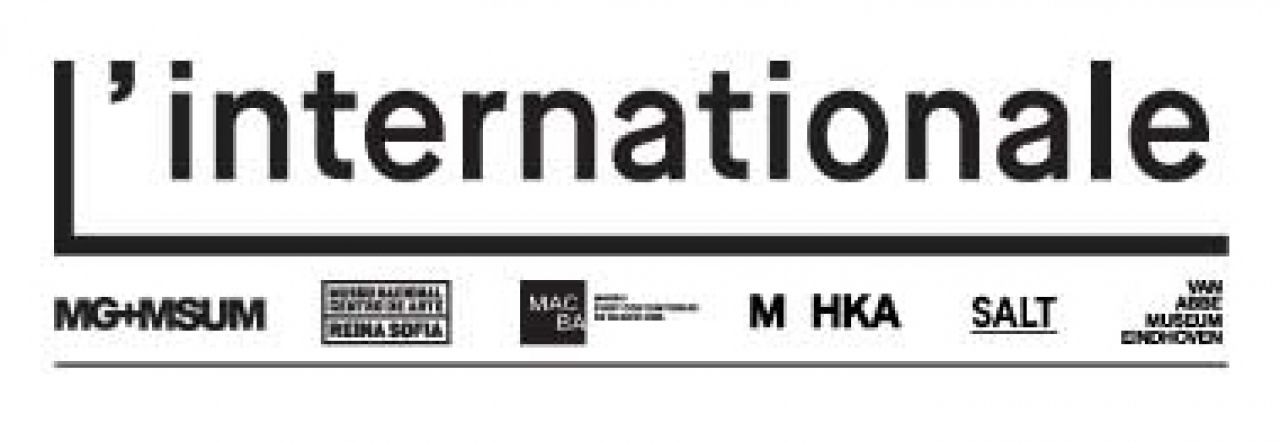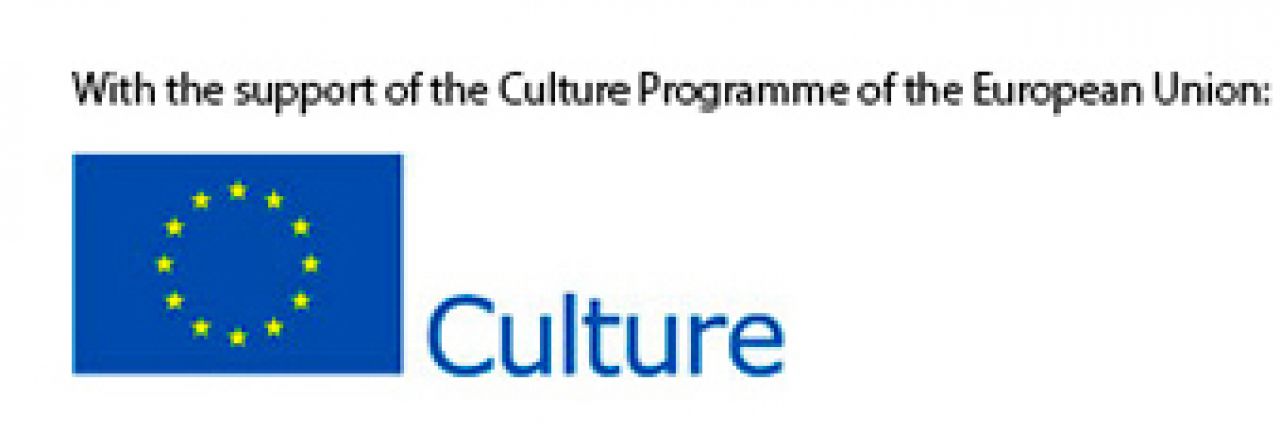THE EIGHTIES through the Prism of Events, Exhibitions, and Discourses
PART 1 | New Spaces, New Images, Moderna galerija, 14 October 2016 – 1 January 2017, curators: Asta Vrečko and Martina Malešič
PART 2 | Multimedia Practices and Venues of Production, Museum of Contemporary Art Metelkova, 5 April – 11 June 2017, curators: Barbara Borčić and Igor Španjol
PART 3 | The Legacy of 1989. A Case Study: The Second Yugoslav Documents Exhibition, 26 April – 17 September 2017, curators: Zdenka Badovinac and Bojana Piškur
OSEMDESETA: NEWSPAPER [PDF] | OSEMDESETA: LEAFLET [PDF]
Moderna galerija in Ljubljana is launching a trilogy of exhibitions focusing on the 1980s and their legacy. Exploration of the decade began with the NSK from Kapital to Capital: Neue Slowenische Kunst – an Event of the Final Decade of Yugoslavia exhibition, and has continued with the first part of the trilogy, New Spaces, New Images. This will be followed by Multimedia Practices and Venues of Production early next year, and The Legacy of 1989. A Case Study: The Second Yugoslav Documents Exhibition mid-year. Also related to the project is the volume Osemdeseta o osemdesetih (The Eighties on the Eighties), providing a take on the civil society of the 1980s from the viewpoint of writers born in that decade. The trilogy THE EIGHTIES through the Prism of Events, Exhibitions, and Discourses will wrap up with a catalogue covering all three exhibitions.
Entitled New Spaces, New Images, the first exhibition in the THE EIGHTIES series focuses above all on traditional artistic media, architecture, and design through new biennial events and new exhibition strategies. The second show in the trilogy, Multimedia Practices and Venues of Production, will look at what was then a new sphere of alternative artistic expression and work, and the independent subcultural production. The final exhibition, The Legacy of 1989, will explore the issue of how to think about cultural heritage today, specifically through the case of the last large-scale Yugoslav exhibition, the second Yugoslav Documents, staged in Sarajevo in 1989.
The THE EIGHTIES project aims to shed light on the role that cultural and artistic production played in a decade that led to profound social and political changes, shaping the underpinnings of our present, of the relationships between politics and society, the nation-state and global capital, art and culture and their audiences.
The 1980s were focused on the here and now, which was reflected in art that was based on some rather contradictory concepts. On the one hand, there was the prevalent postmodern feeling of place and time, at the time often referred to as Zeitgeist or genius loci, and on the other, a highly involved stand vis-à-vis a very specific sociopolitical context.
The 1980s were a decade of new sociality and strong emancipatory impulses channeled primarily by various civil society initiatives, within which artists played a major part. It was also a decade marked by the final attempts at establishing some common traits of Yugoslav art and by the first mentions of Eastern European art.
After a lapse of over two and a half decades it is time to try and reactivate the legacy of the 1980s to better understand our present time of crises and opposition to the different and to the old bastions of power, which in many ways triggered the sociopolitical changes of the 1980s and served to co-shape the new political geography.
The THE EIGHTIES project constitutes part of the five-year program Uses of Art – the Legacy of 1848 and 1989 organized by the museum confederation L’Internationale. It is supported by the Ministry of Culture of the Republic of Slovenia and by the Culture Programme of the European Union.
The exhibition forms part of the five-year program Uses of Art – the Legacy of 1848 and 1989, organized by the museum confederation L’Internationale. It is supported by the Ministry of Culture of the Republic of Slovenia and the Culture Programme of the European Union.
Support:
 |
 |
 |